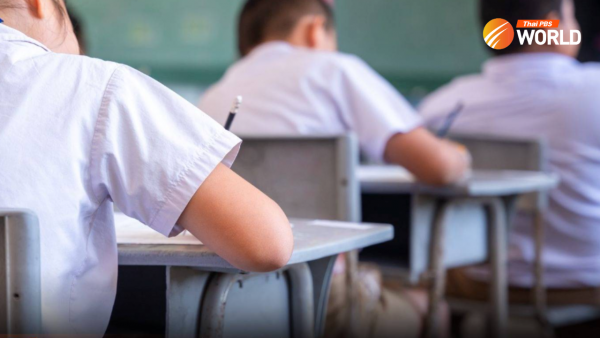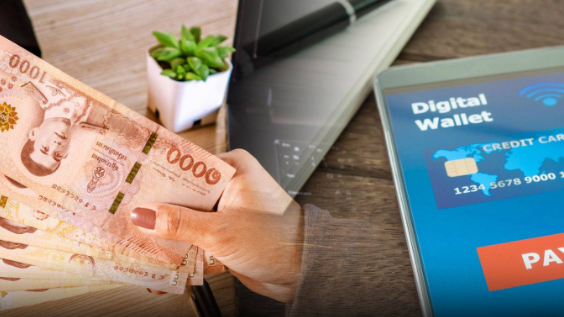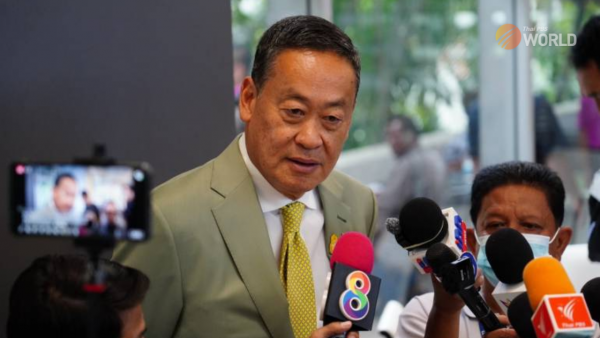2022 marks revival of Thailand’s tourism after two years in the wilderness

After bolting the doors for two years following the outbreak of the pandemic, Thailand decided to fully reopen the country in 2022, removing the COVID-19 restrictions that had throttled tourism, a key engine of economic growth.
Before fully reopening, Thailand had begun a carefully planned, phased and controlled return of international tourists beginning July 1, 2021. The Phuket Sandbox, Samui Plus, and 7+7 Extension programs were implemented with caution to ensure COVID cases would not soar. This was followed by a four-phase reopening timeline from October 2021 to January 2022 in which destinations throughout the country were reopened to tourists.
On July 1 this year, the government removed the Thailand Pass registration requirement, allowing foreign nationals to arrive if they could show proof of vaccination or a negative antigen test taken not later than 72 hours before the flight.
Since October, international travellers are no longer required to show proof of vaccination or antigen test results, marking the complete reopening of the country to international tourism.
Impact on economy
Tourism had been a major engine of growth for Thailand in the pre-COVID period, and it was inevitable the economy would suffer enormous damage from the lockdowns and closure of the country.
The pandemic crisis led to gross domestic product (GDP) in 2020 contracting by 6.2 percent and limping to a 1.5 percent growth in 2021.
Thailand had received 6.7 million foreign tourists in 2020, but only 427,869 in 2021, a harsh comparison with the nearly 40 million in 2019.
With the reopening of the country, the number of foreign tourists has been rising gradually, estimated to cross 11 million by the end of the year. The reopening and dropping of all restrictions on entertainment, the last industry to be allowed to operate fully, happened only in the third quarter of this year.
But the moves have started to yield dividends. The Thai economy expanded rapidly by 4.5 percent in the third quarter of 2022, after growing 2.3 percent in the first quarter, and 2.5 percent in the second quarter. After seasonal adjustment, the economy expanded by 1.2 percent from the second quarter. In the first nine months of 2022, the Thai economy grew by 3.1 percent.
The economy is expected to grow 3.2 percent for the full year, more than double last year’s 1.5 percent growth, and a rapid turnaround from the 6.2 percent contraction in 2020.
2022: A roller-coaster ride for Thailand’s cannabis industry
Improving job situation
Employment opportunities in tourism and related services industries have increased, according to the National Economic and Social Development Council. In the third quarter of the year, employment increased 2.1 percent to 39.6 million due to expansion in non-farm sector employment, including manufacturing, wholesale and retail, hotels and restaurants.
While the unemployment rate was just 1.23 percent, a recent survey found that 77 percent of hotel operators faced labor shortages.
Tourism challenges
In the early stage of the reopening, the biggest beneficiaries have been four- and five-star hotels, while lower-tariff hotels are still struggling, according to Marisa Sukosol Nunbhakdi, the president of the Thai Hotel Association.
Thailand’s economic recovery has not yet returned to pre-pandemic level.
A large number of Chinese have yet to return due to restrictions imposed by their government, preventing citizens from travelling abroad despite ending the zero-COVID policy in December. Most of the tourists are coming from Thailand’s neighbouring countries, and India, according to the Tourism and Sports Ministry.
The high cost of air tickets is also a challenge for the tourism industry, said Thaneth Tantipiriyakij, president of the Phuket Tourist Association.
Travellers worldwide are also paying a heavy price for Russia’s invasion of Ukraine, which has caused energy prices to shoot up, adversely impacting travel worldwide. Tourists have lesser disposable funds due to the higher cost of air travel.
The recent impact of floods in provinces bordering Malaysia would also likely impact arrivals from that country, which is among the major source of tourists.
Phasing out economic stimulus
Since 2020, the government has borrowed large sums of money to cope with the COVID crisis, launching subsidy schemes to assist businesses and laborers. With the full reopening of the country, the government has withdrawn some major subsidy packages, such as the co-payment scheme under which it subsidizes half of what several million consumers pay. The fifth round of the co-payment scheme ended on October 31, 2022.
The impact of the reopening and stimulus package had contributed to private consumption expenditure at 9.0 percent in the third quarter, accelerating from 3.5 percent and 7.1 percent in the first quarter, and second quarter, respectively.
Tourism outlook
Soaring COVID cases in China after the country ended its zero-COVID policy recently had raised worries about China prolonging restrictions on its citizens travelling abroad anytime soon.
But in a sudden change of tack, China has lifted curbs on overseas travel and also ended quarantine rules for travellers arriving in China as well as the cap on the number of daily flights.
China’s National Health Commission will also formally downgrade COVID-19 to a Class B infectious disease from January 8.
Before the COVID-19 crisis, some 150 million Chinese people travelled abroad annually. Thailand is among Chinese people’s favourite tourist destinations along with Japan, South Korea, Macau and Hong Kong.
Many economists believe that due to pent-up demand, the number of foreign tourists visiting the country next year will double to about 20 million and become a key driver of the economy.
By Thai PBS World’s Business Desk
The fitness and wellness trends to keep everyone fit in 2023






